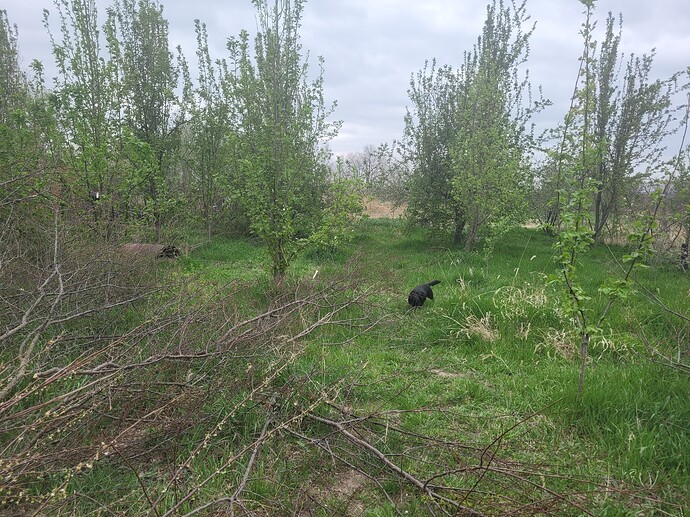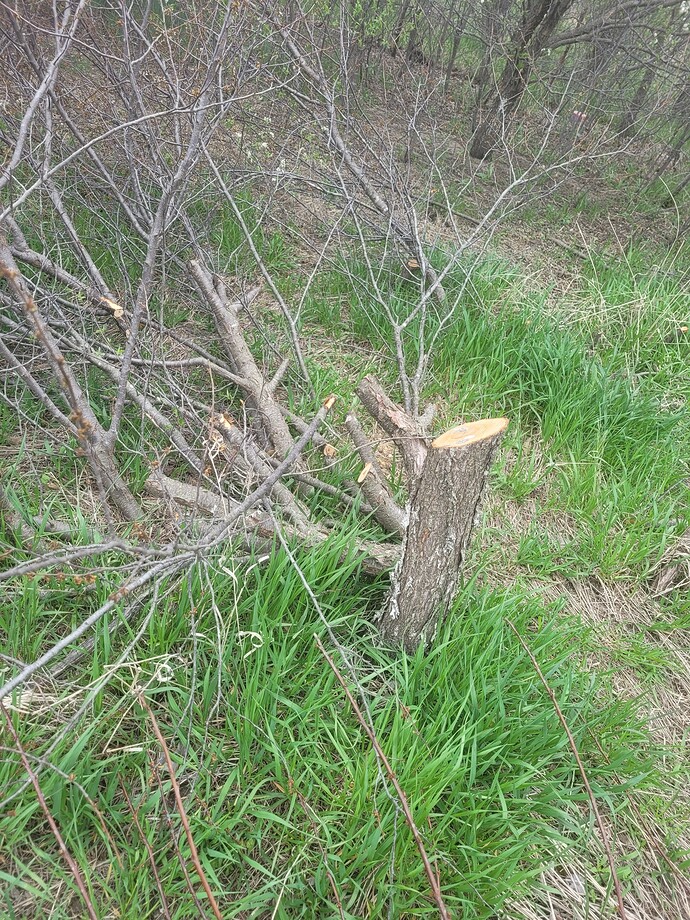I have some that fly around looking for Japanese beetle grubs, which I have tons of! I love those darned wasps 
Many of my plums I’m removing as they are to much work for to little gain! Chainsaw pruned a bunch. If I cannot grow something with minimal input it’s not very valuable to me. The purpose of farming is to make our lives better.
What kinds of plums were these?
All kinds goose plums, bounty plums, American plums, Japanese plums there were many types. They had formed large plum thickets in parts of the orchard and needed removed. The fruits are very difficult to grow for fruit. Plums take great care as pests such as plum curculio make them difficult to enjoy.
Thank you for the explanation. I do believe plum curculio is a pest we don’t have here, my biggest enemy are late frosts and birds.
They make many holes in the plums so by greatly reducing the number of plums I can focus more on other fruits and the plums I choose to keep. The trees are very happy and healthy but my goal is to get mostly bug free fruit! When pests are to big of a problem the effort needed is increased or the poison needed is excessive. Would rather have a smaller number in this situation.
I understand you. I like trees very much but a fruit tree without (good) fruit is a sad, pointless thing. I am very patient but there is a limit on what I am willing to tolerate.
For example, I am not sad at all that this winter an avalanche ripped out three of my apple trees. Idared was always full of aphids, Pilot was a sickly tree with not enough roots and Thurgauer Weinapfel did not bear at about 18 years! So I say good riddance, three trees less that always cause work for no gain.
These are methods we use and results we get with plums Bagging plums with bread bags. Open to suggestions/comments . Plum curculio is a formidable adversary.



